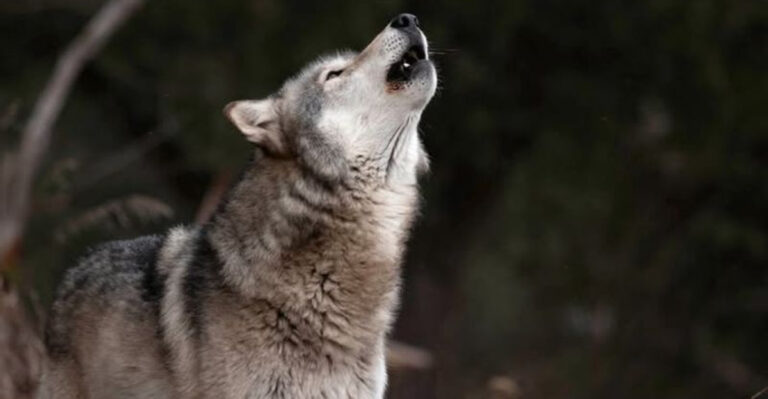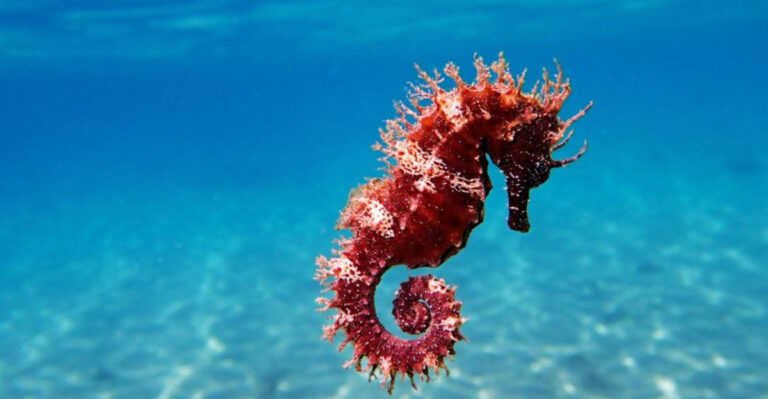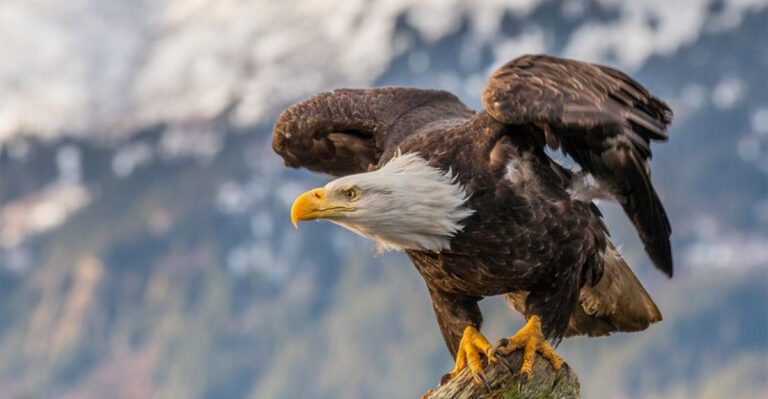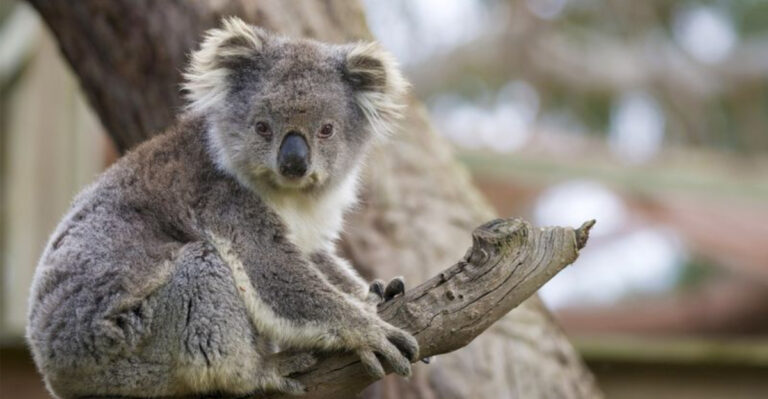9 Ancient Animals Preserved Perfectly In Ice
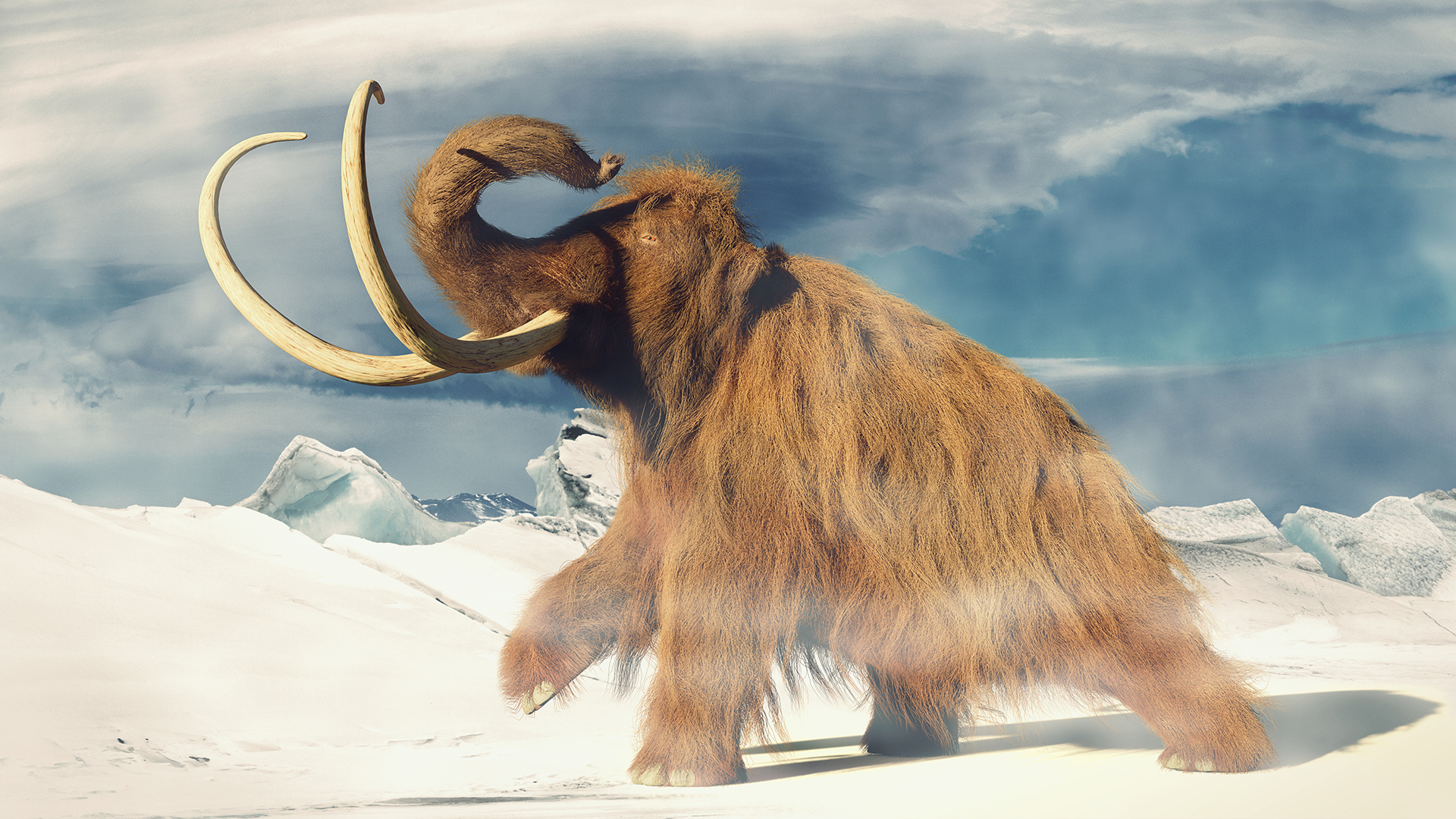
Nature has a fascinating way of preserving its rich history, capturing snapshots of ancient life in the most astonishing ways – by freezing animals in time. Each frozen discovery tells a story of a distant past, revealing incredible details about ancient climates, ecosystems, and even behaviors of extinct species.
The sheer level of preservation in some of these finds allows scientists to examine everything from fur patterns to stomach contents and even soft tissues like brains and organs, offering knowledge once thought impossible to uncover.
These frozen relics act like biological time capsules, giving us an unparalleled opportunity to peer back into history and learn about life as it existed thousands – or even millions—of years ago.
Let’s explore extraordinary animals that were quite literally frozen in time, unlocking secrets from Earth’s distant past.
1. Woolly Mammoth
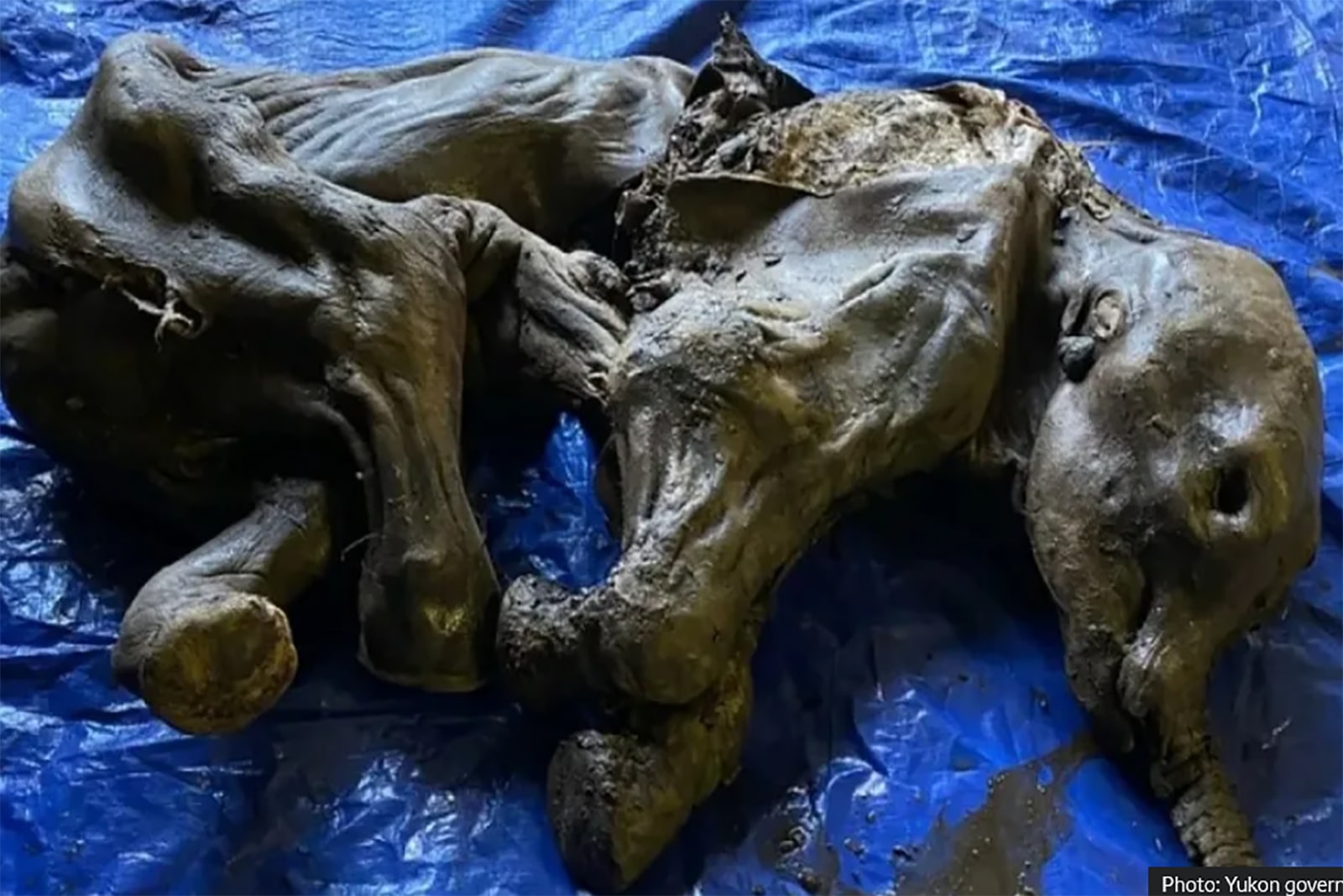
The woolly mammoth has become the ultimate icon of Ice Age preservation, often standing as the face of prehistoric discoveries frozen in time. These colossal, fur-covered creatures once roamed the icy plains of Siberia in vast herds, but today, their perfectly preserved remains have become invaluable to scientists.
Entire mammoth carcasses have been unearthed from the frozen grip of Siberian permafrost, some so remarkably well-preserved that fur, skin, tusks, and even stomach contents remained intact after thousands of years.
The level of detail frozen within these ancient giants has provided an unprecedented glimpse into their diets, environments, and life cycles. Some specimens have been so well-kept that scientists could extract DNA, sparking groundbreaking (and controversial) discussions around the possibility of cloning and de-extincting the woolly mammoth.
2. Cave Lion Cubs
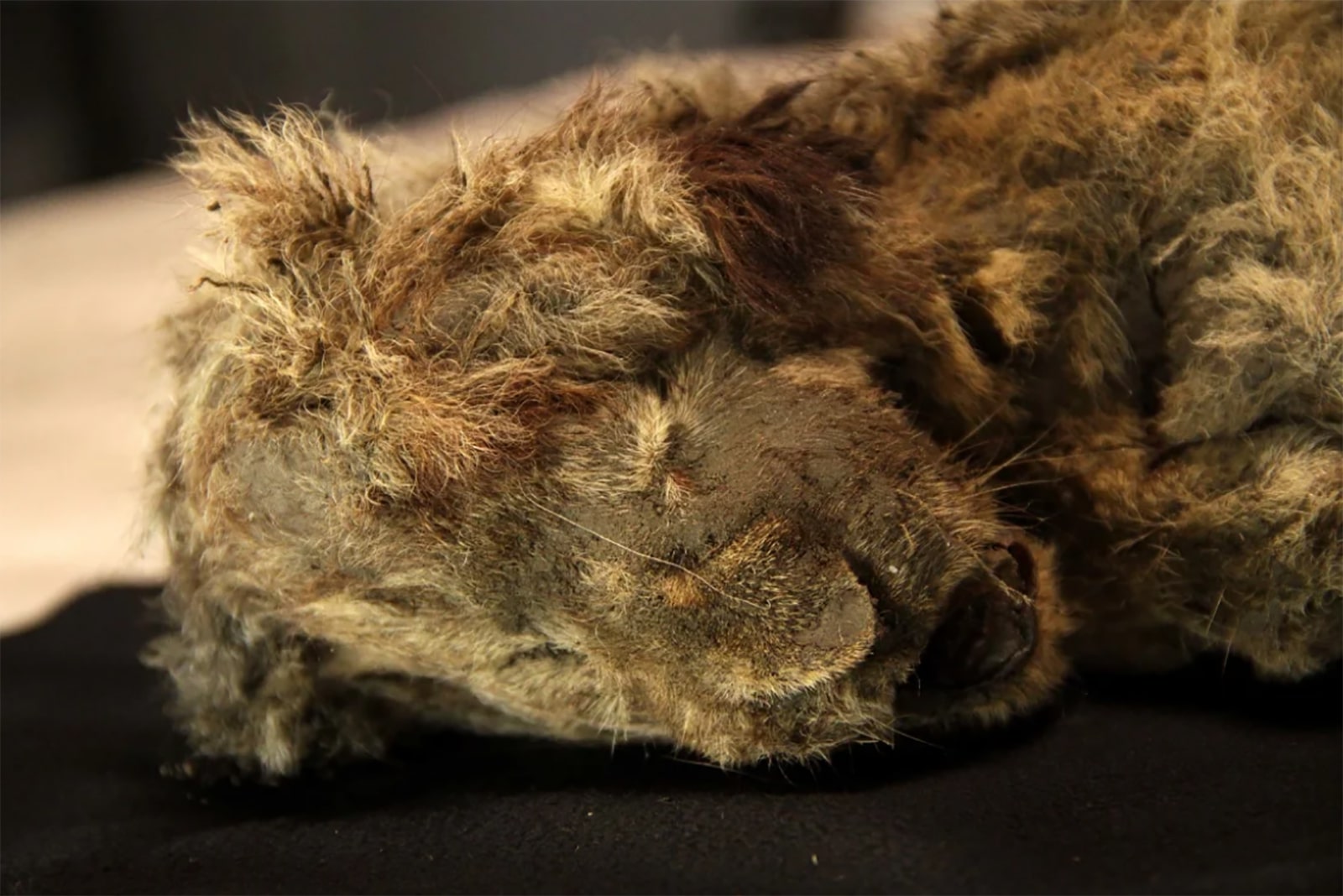
In Russia’s remote Yakutia region, one of the coldest inhabited places on Earth, a stunning discovery emerged – two cave lion cubs frozen in pristine condition for over 30,000 years.
These ancient feline siblings were so remarkably preserved that their fur, whiskers, sharp claws, and even internal organs were intact. Their discovery has provided invaluable insights into this extinct species, which once prowled the Ice Age landscapes of Europe and Asia.
Scientists have been able to examine their muscle structure, fur thickness, and even trace their diet from preserved stomach contents. The cubs’ exceptional preservation has also sparked discussions about the conditions necessary for long-term permafrost preservation, as their bodies appeared almost untouched by decomposition.
3. Ice Age Bison
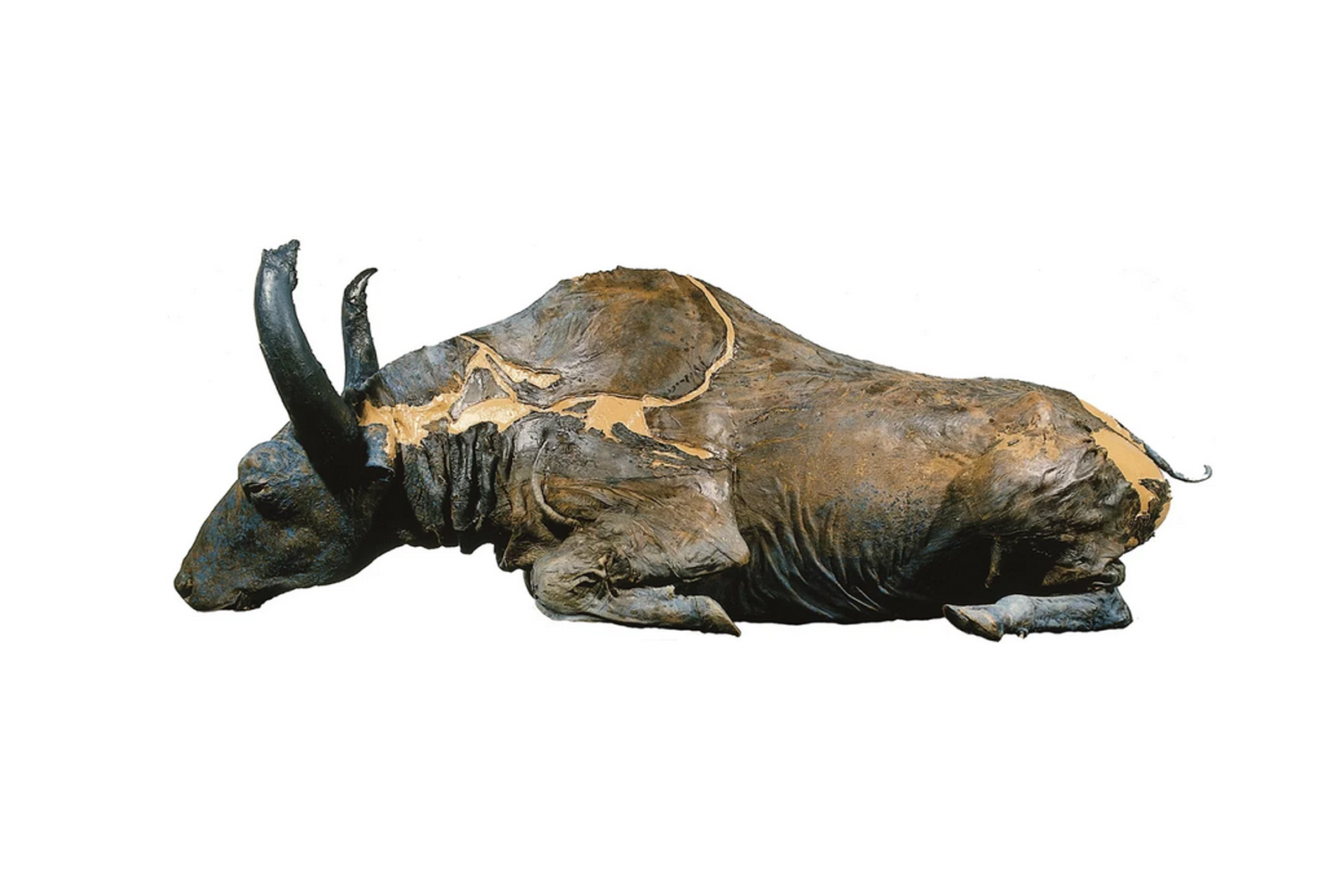
The discovery of an Ice Age bison, famously nicknamed “Blue Babe,” in Alaska was groundbreaking and remains one of the most remarkable frozen specimens ever found.
Unearthed in 1979, this ancient bison had been encased in permafrost for approximately 36,000 years, preserving much of its original skin, muscle tissue, and even traces of its fur.
What made Blue Babe especially significant was the visible evidence of how it passed away – claw marks and tooth damage suggested the bison had fallen victim to a prehistoric lion, giving scientists a rare glimpse into predator-prey relationships during the Ice Age.
The bison’s tissues were so well-preserved that researchers could study its physical condition, muscle structure, and even speculate on its final moments. Incredibly, a small portion of the preserved meat was even cooked and eaten as part of a scientific celebration, highlighting just how intact this frozen relic remained after millennia.
4. The Yuka Mammoth
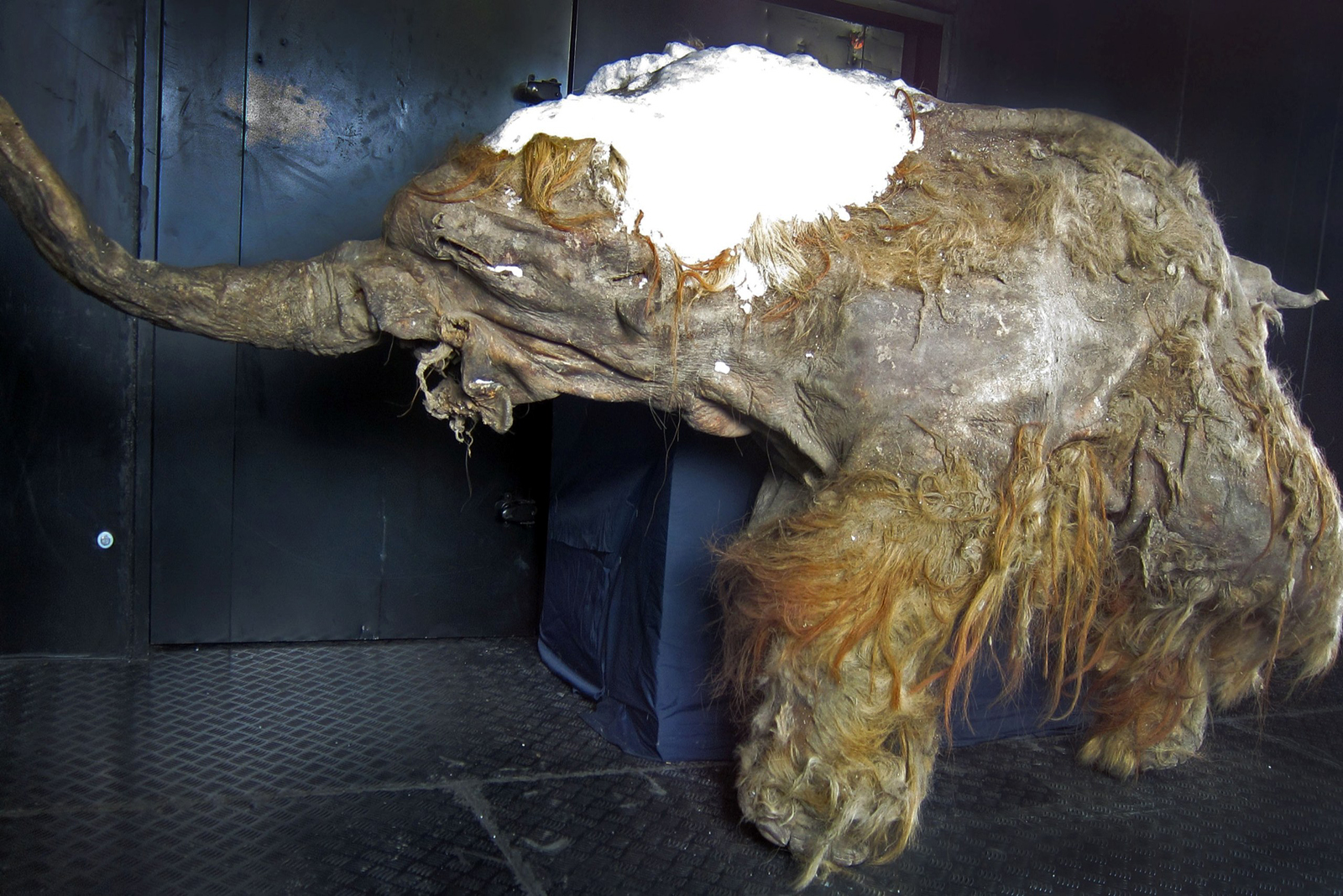
The Yuka Mammoth, another awe-inspiring discovery from the Siberian permafrost, is an exceptional specimen of Ice Age preservation. Discovered in 2010, this woolly mammoth calf, estimated to be around 39,000 years old, was found with an astonishing degree of preservation! Its fur, skin, and even its brain tissue intact.
What makes Yuka especially remarkable is that its brain, rarely preserved in such detail, offered a unique opportunity for scientists to study the neurological structures of this extinct species.
This discovery gave researchers insights into mammoth brain anatomy, intelligence, and behaviors never before possible. The Yuka Mammoth also displayed evidence of human interaction, with signs of intentional cuts on its body, suggesting it may have been butchered by ancient humans.
This dual significance, both for understanding the biology of mammoths and for studying early human activity, makes the Yuka Mammoth a truly extraordinary frozen relic.
5. Ancient Steppe Bison
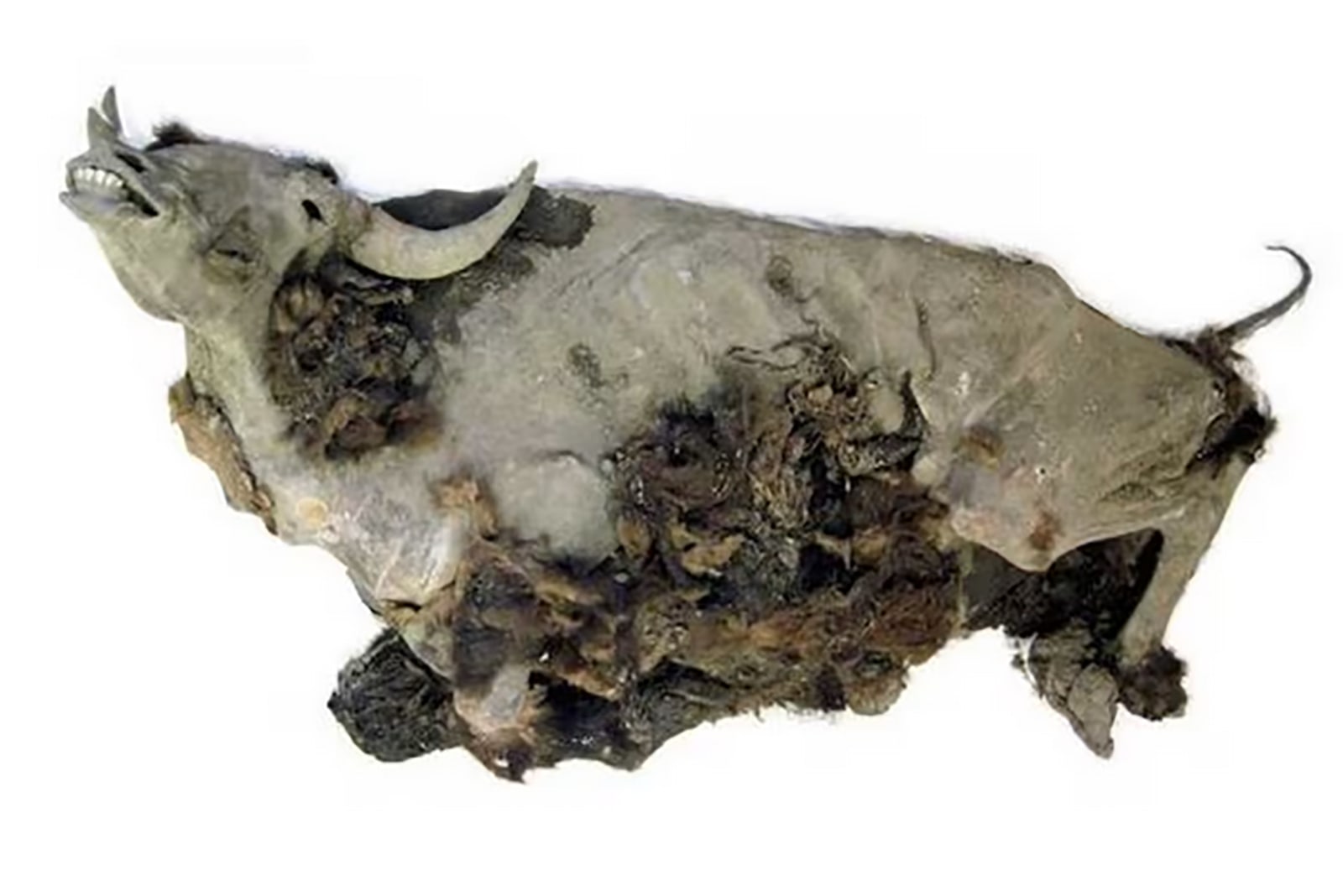
The discovery of a perfectly preserved steppe bison in the Siberian permafrost remains one of the most extraordinary finds in Ice Age paleontology.
Dating back over 9,000 years, this ancient herbivore was found with its internal organs, skin, and muscle structure remarkably intact, offering a rare glimpse into the life and diet of a prehistoric species.
The preservation was so exceptional that researchers were able to examine the bison’s stomach contents, providing insights into the types of vegetation it consumed during its final days.
Beyond its dietary revelations, the bison’s body condition also allowed scientists to study muscle structure and physical adaptations for surviving frigid climates. This discovery highlighted how powerful permafrost can be as a natural preservative, freezing ancient life in near-perfect condition.
The steppe bison’s incredible state has made it a cornerstone discovery in understanding both the Ice Age ecosystem and the species that once roamed the icy landscapes of Siberia.
6. Rana Sylvatica
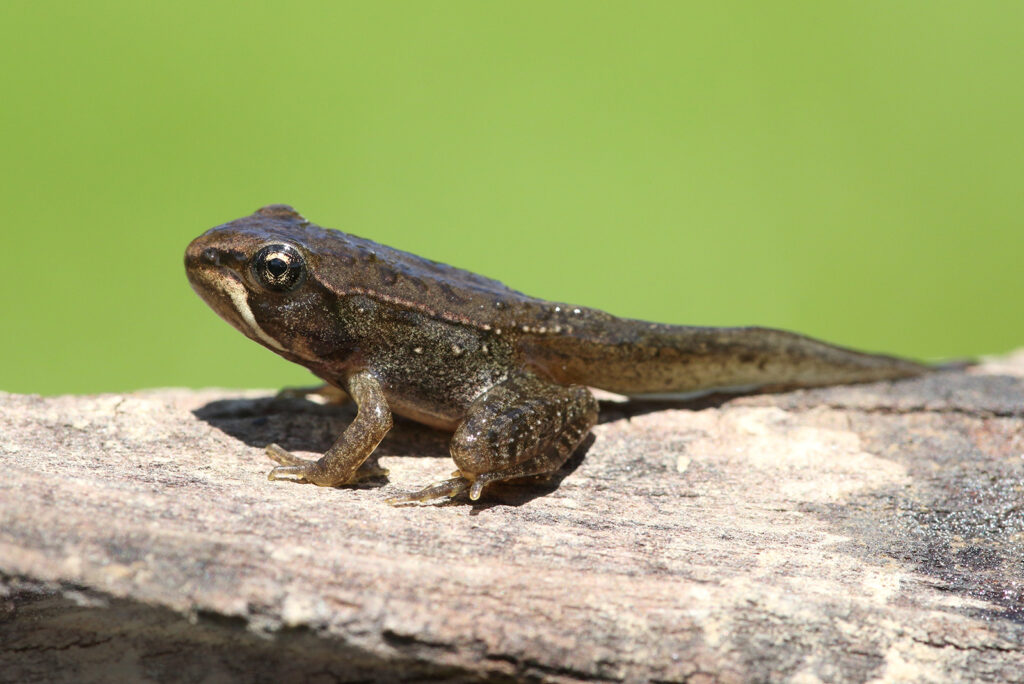
Not all frozen animals come from the ancient past – some have perfected the art of surviving modern winters! The wood frog, scientifically known as Rana sylvatica, has developed an extraordinary ability to survive being completely frozen solid during the harsh winter months.
This small amphibian, native to North America, undergoes a biological phenomenon where it allows up to 70% of its body water to freeze. Its heart stops beating, breathing ceases, and its metabolic functions shut down entirely, creating the appearance of death.
However, as temperatures rise in the spring, the wood frog thaws out, its heart restarts, and it returns to normal life as if nothing had happened. This incredible survival mechanism relies on glucose acting as a natural antifreeze, preventing ice crystals from damaging vital organs.
The wood frog’s remarkable adaptation has fascinated scientists, shedding light on cryopreservation and how certain animals can endure extreme conditions that would be fatal to most species.
7. Woolly Rhino
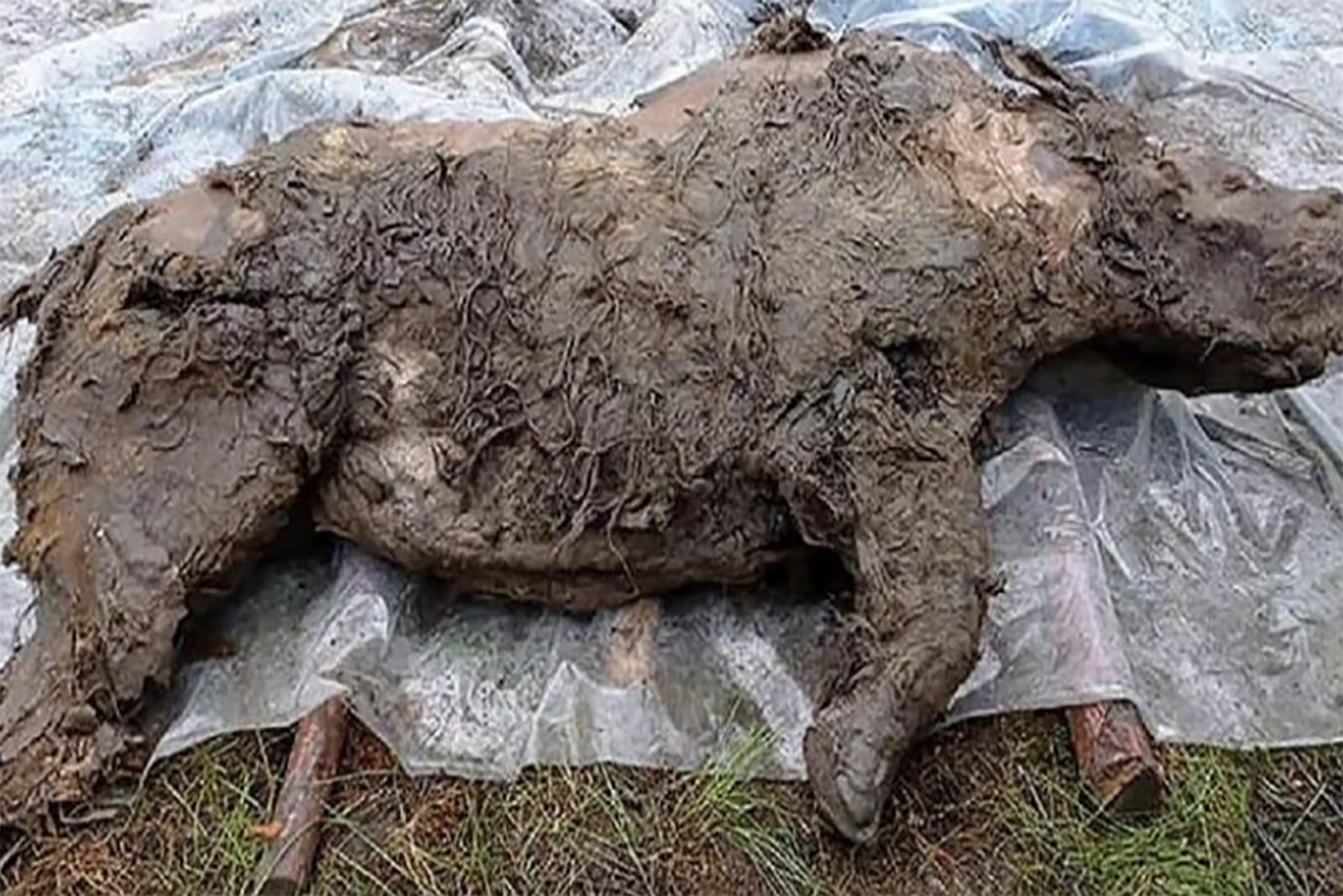
The discovery of a woolly rhino preserved in Siberian ice was nothing short of extraordinary, showcasing a rare glimpse into a world long vanished.
This ancient herbivore, frozen in time for nearly 20,000 years, was found with an exceptional degree of preservation, including its thick fur, powerful hooves, and even its large, curved horn still intact.
The woolly rhino was a cold-weather specialist, equipped with dense fur and a large body mass to endure the harsh, icy conditions of the Ice Age. Finding such a well-preserved specimen provided scientists with invaluable data, allowing them to study the adaptations that helped these prehistoric giants thrive in extreme climates.
Researchers were even able to analyze the animal’s stomach contents, revealing the types of vegetation that once flourished during the period. This discovery has played a significant role in piecing together the story of Ice Age megafauna and the environmental shifts that may have contributed to their extinction.
8. Prehistoric Fish
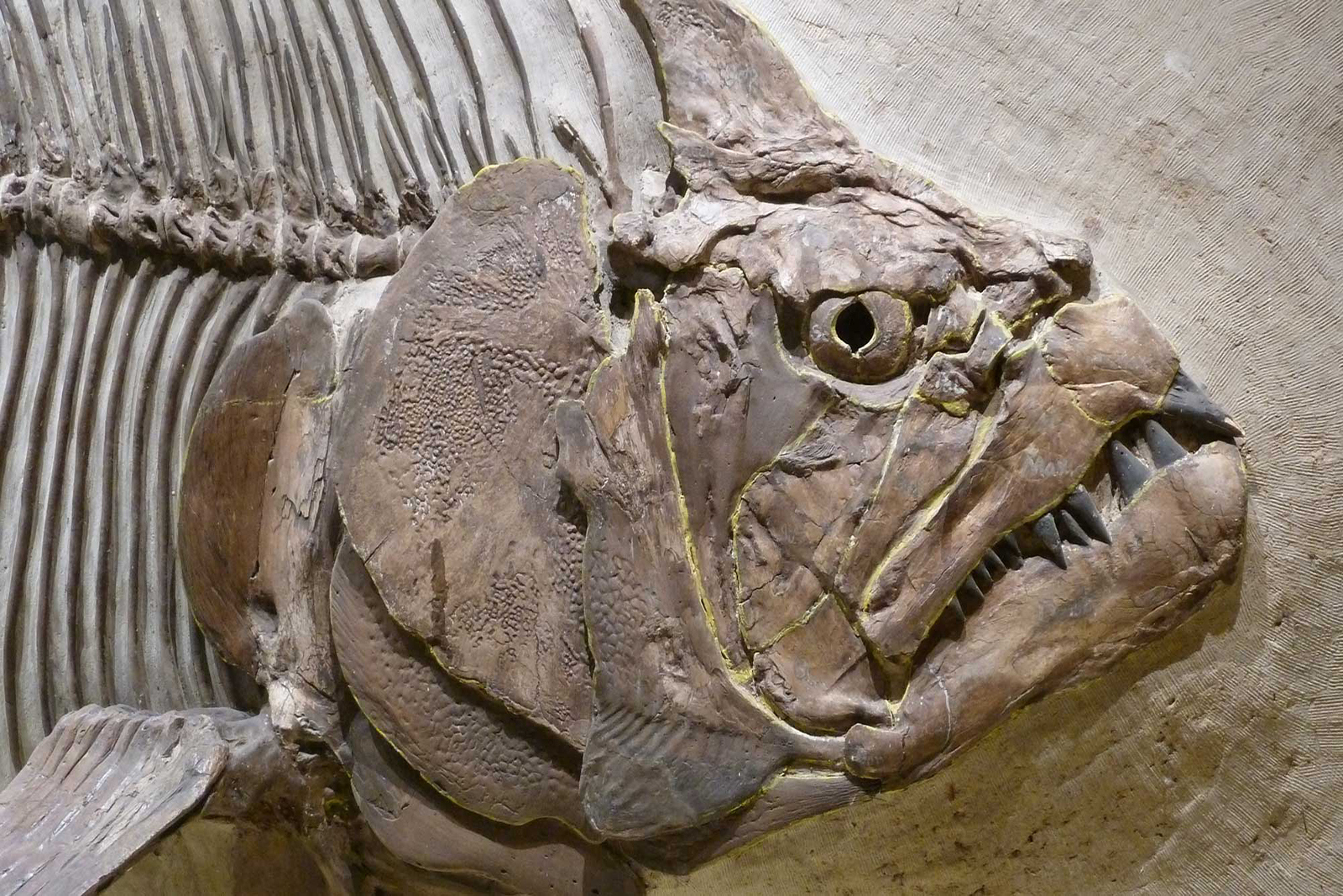
Frozen fish have also been uncovered deep within the icy layers of Siberian permafrost, offering an unusual but fascinating look at how cold environments can preserve life.
These ancient fish, some dating back thousands of years, were so impeccably frozen that their scales, fins, and flesh remained almost entirely intact. In fact, some specimens were preserved so well that they were reportedly still edible, though scientists strongly advised against modern consumption due to potential bacterial risks.
The preservation was so detailed that researchers were able to study the fish’s skeletal structure, muscle composition, and even traces of the food they had consumed before their icy entrapment.
These discoveries highlight how extreme cold can act as nature’s deep freeze, suspending organic matter in near-perfect condition and offering paleontologists a rare opportunity to study ancient aquatic life with unprecedented clarity.
9. Baby Mammoth Lyuba
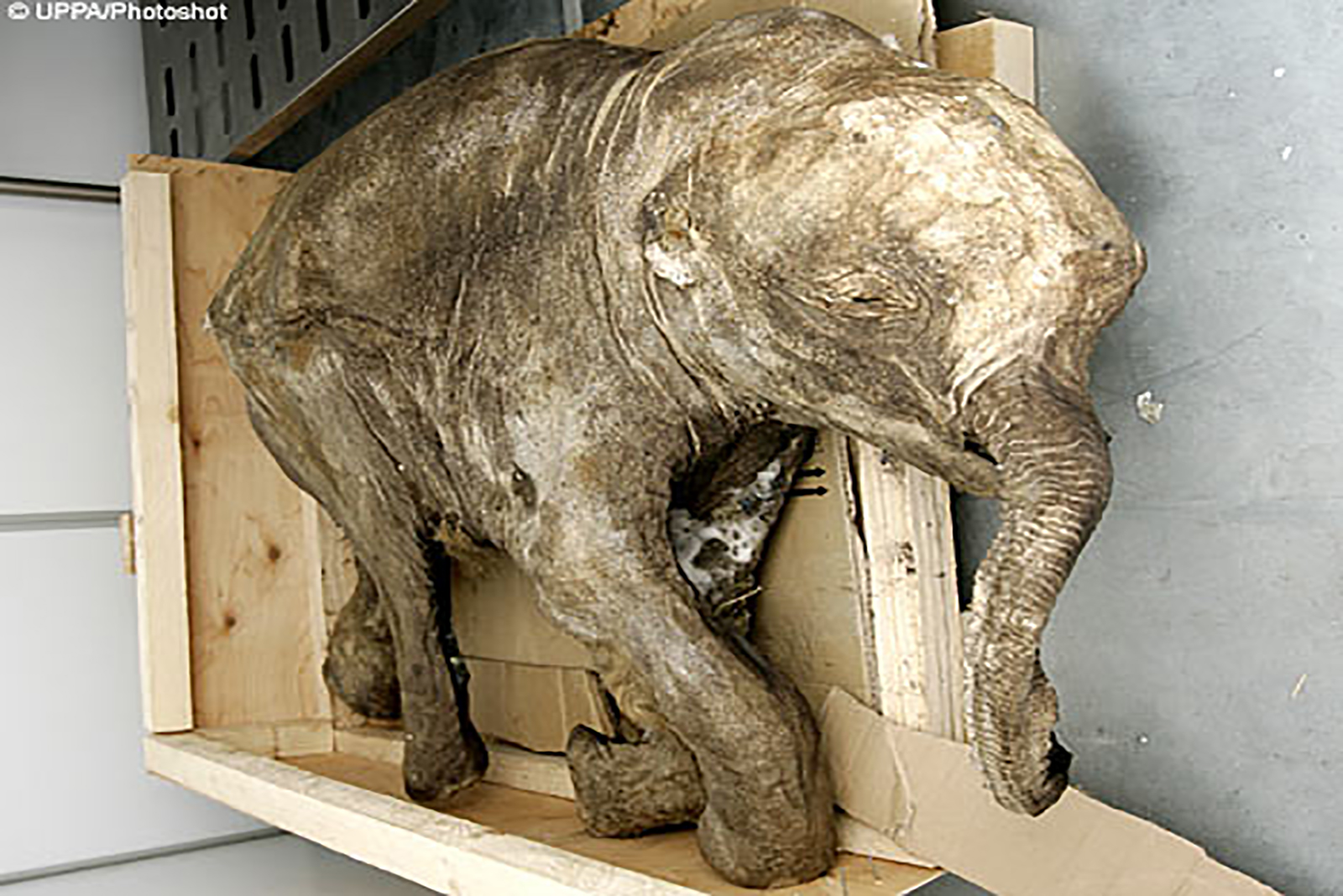
Lyuba, a baby woolly mammoth discovered in Siberia in 2007, is widely considered one of the most perfectly preserved mammoths ever found.
Estimated to have lived around 41,800 years ago, Lyuba was so well-preserved that her skin, fur, and even milk residue in her stomach remained intact, giving scientists an unprecedented window into the life of a mammoth calf.
Her body revealed detailed insights into mammoth development, diet, and maternal care during the Ice Age. Remarkably, even internal organs, fat layers, and muscle tissue were preserved, allowing researchers to study her anatomy with near-complete accuracy.
The conditions of her preservation suggest she may have accidentally drowned and was quickly buried in silt, preventing decay. Lyuba’s discovery has significantly advanced the understanding of mammoth biology and how environmental factors may have influenced their eventual extinction.


